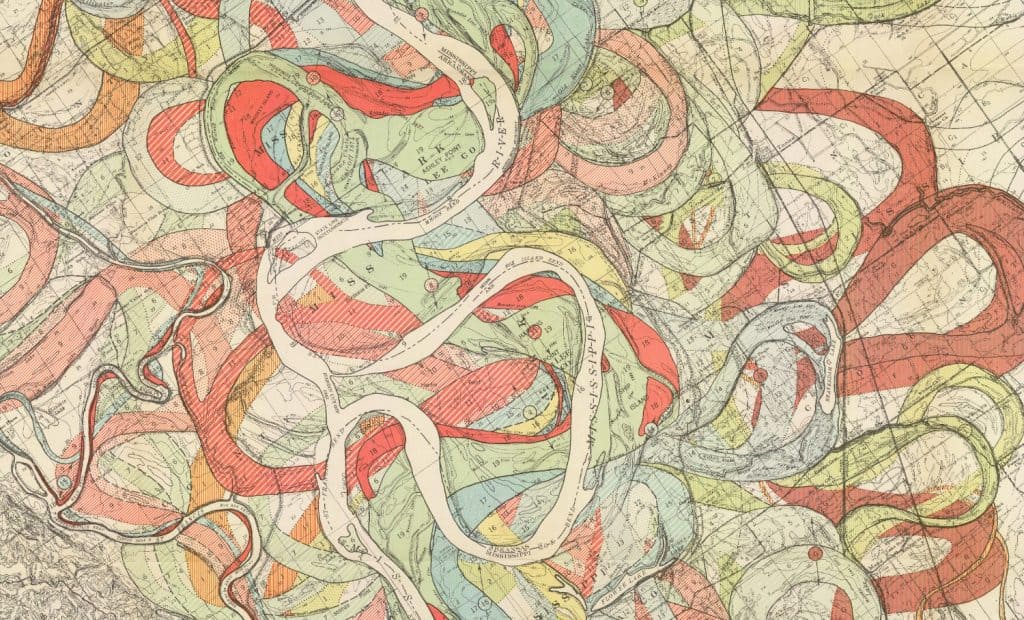Mindfulness loosens the “interminable chain of longing” as Robert Frost puts it, so I have half a chance of living this moment now.
One of my first meditation teachers, Sharon Salzberg, often talks about her early days learning how to meditate in India under her teacher, Munindra. One of his first counsels to her was:
Try to be with each breath as though it was your first, and as though it was your last.
Anagarika Munindra
Being with each breath as if it were the first is a training wheel exercise for being with any moment as if it were for the first time.
Can we live each conversation we have over breakfast with our housemate as it it were our first?
Can we search for that super important email as though it were for the first time we misplaced an email- without the uncessary inner friction (e.g. why does this always happen)?
if I don’t remember this, I get bored or restless
I notice that when I don’t try to do this I fall into a kind of wistfulness, boredom, or restlessness; mind states Robert Frost perhaps describes in this line from one of his last poems:
All is an interminable chain of longing.
The Anxiety of Happiness
Just being here, being present is enough– I didn’t do a good job at modeling this maxim of mindfulness to our kids as they were growing up. When some cool new event was coming up, like a birthday, or an outing, I would remind tell them from time to time- you know, your friend’s birthday party is coming up.
As if anticipating a birthday party were more important than whatever it was we were doing at the moment, like getting ready for the day or eating dinner.
Isn’t this something we all do- sacrifice the present moment for some imagined future one?
I catch myself wanting, waiting for, or expecting something, anything but this boring present moment- practically all day long.
It’s like I’m on hold on a call I placed to myself.
Mindfulness helps loosen the “interminable chainof longing” as Frost puts it, so I have half a chance of living this moment now. And having a more intimate experience with whatever is arising.
Sayadaw U Tejaniya of Burma reminds us:
Nothing is ever the same, every moment is always new. Once you can really see this, your mind will always be interested in whatever it observes. No moment will ever bore because your experience shows that “things” are forever changing
Sayadaw U Tejaniya
Mindfulness loosens the grip of concepts and opinions have on me about how things should be. I feel more open and soft with how things are if I can remember to invite mindfulness.

That last part of Munindra’s advice to Sharon, to be with each breath as though it were the last, becomes more meaningful the older I get. It brings front and center a complacency that can set in when my practice starts to feel stale.
It’s amazing how out of touch with reality I can get if I’m not mindful.
Sharon’s teaching partner of many decades, Joseph Goldstein, observes:
It’s like we’ve been put under a spell—believing that this or that is going to be the source of our ultimate freedom or happiness. And to wake up from that spell, to be more aligned with what is true, it brings us much greater happiness.
This is the priceless gift of our mindfulness practice- to be intimate with our moment by moment experience whatever it is– is to wake from this spell of postponement.
To answer that call you placed to yourself after being on hold so long.
In the words of the late Krishnamurti:
Freedom is now or never.
Choose now.


















